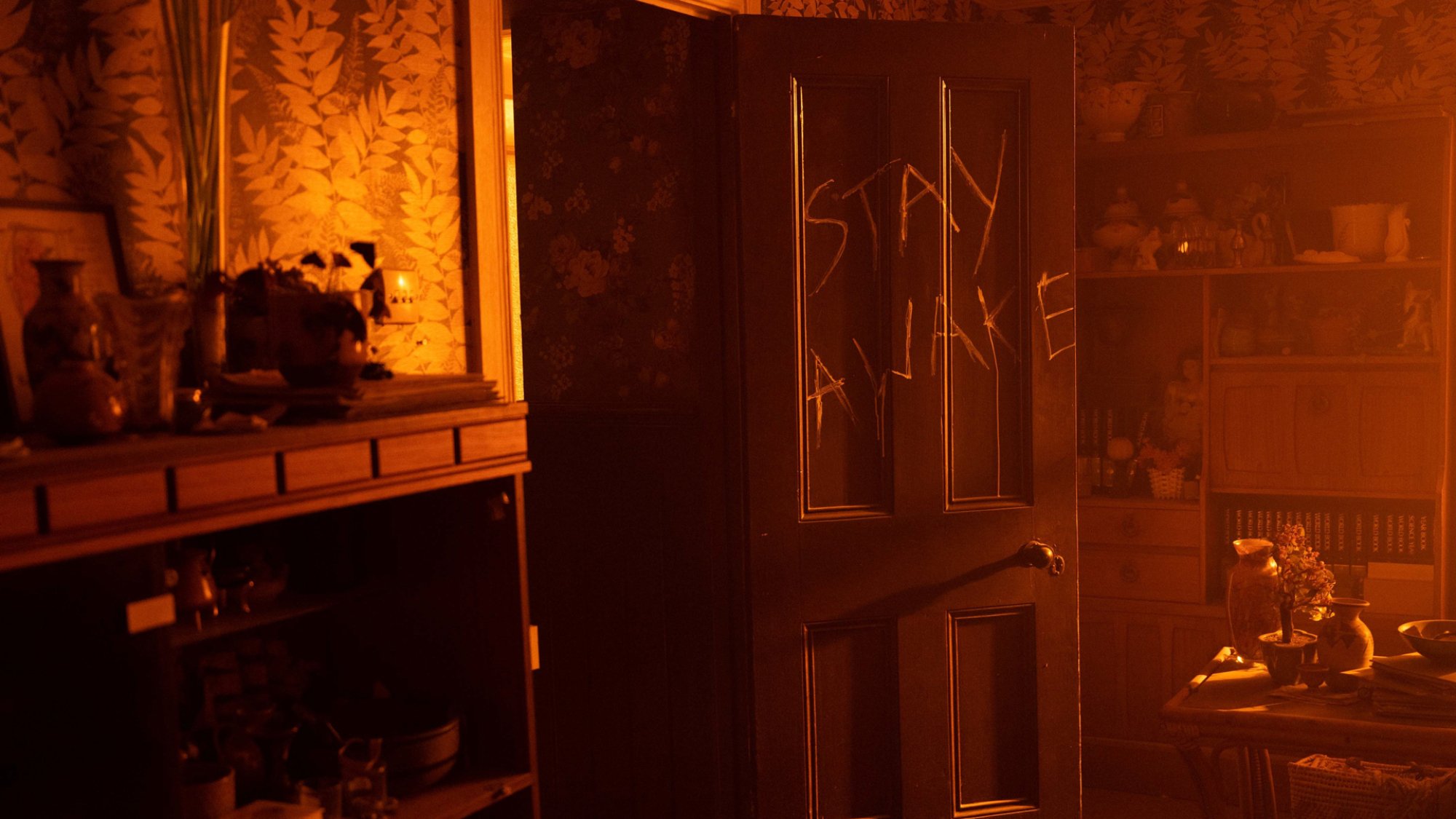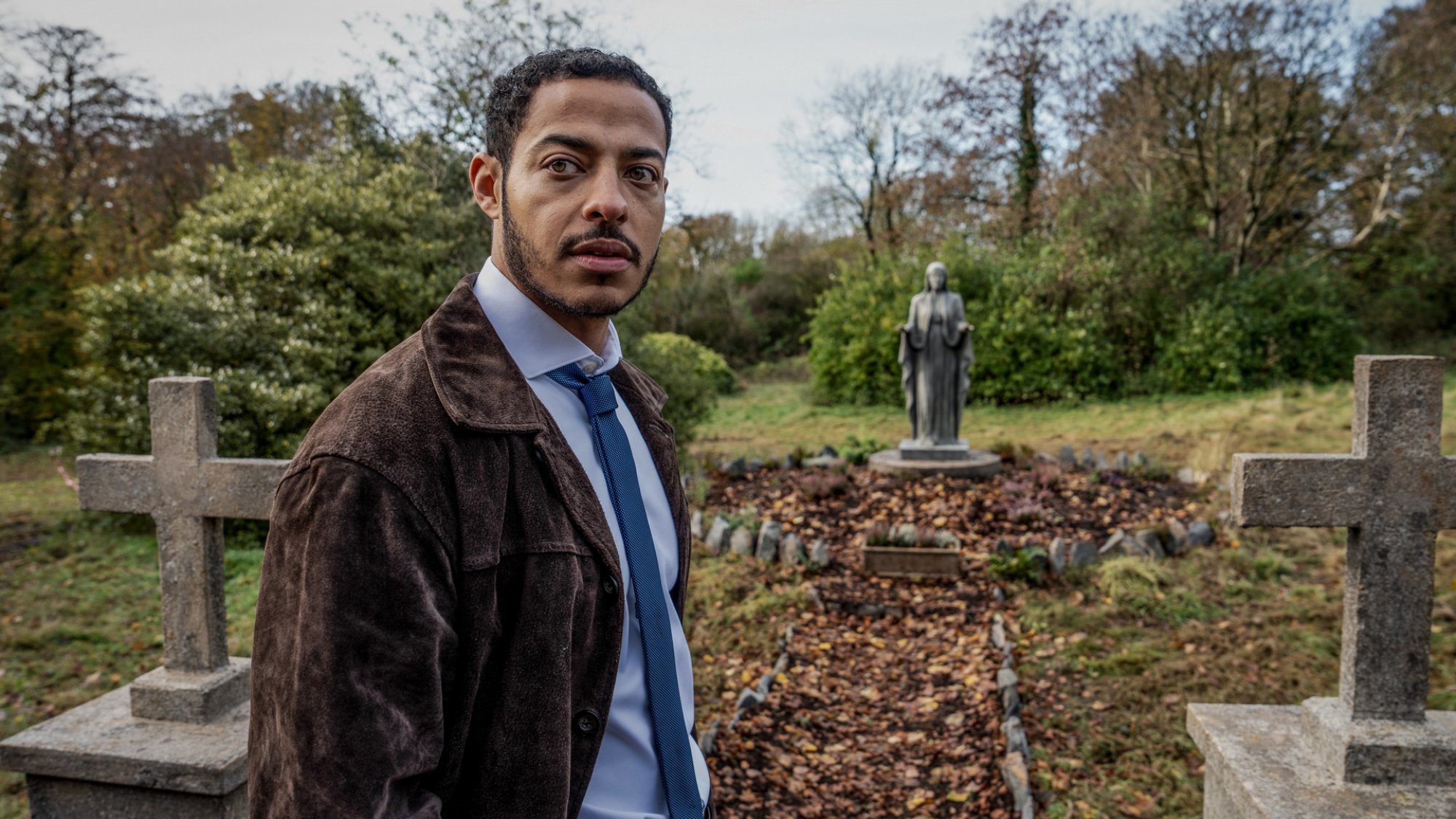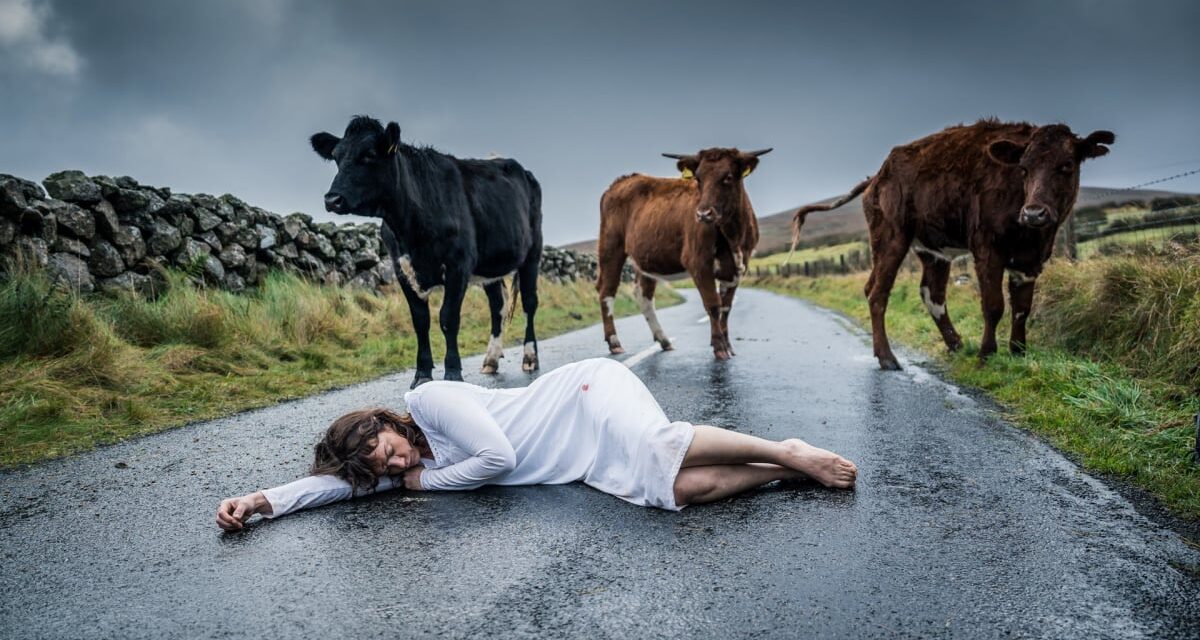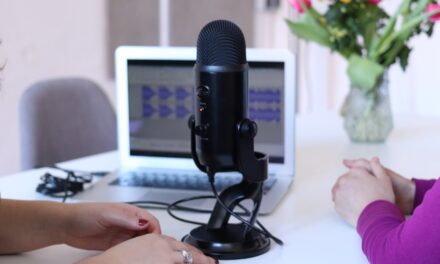BBC’s The Woman in the Wall connects the harrowing events of the past first and foremost to its protagonist, Lorna Brady, played by Ruth Wilson.
Led by Wilson with Daryl McCormack, the highly compelling new series delves into the lasting impact of one of the most shameful parts of Ireland’s history. Calm with Horses writer Joe Murtagh and director Harry Wootliff use multiple genres — crime procedural, horror, historical drama — for the show, which begins and ends with the survivors of the Magdalene (pronounced as “maudlin”) institutions.
These included the Church’s mother and baby homes, run by Roman Catholic nuns and which housed mostly unwed pregnant women who were socially ostracized at the time in conservative, deeply religious Ireland. After giving birth, these women often saw their babies taken away for adoption — a loss experienced by Wilson’s character in The Woman in the Wall.

Credit: BBC/Motive Pictures/Chris Barr
In the present, Lorna is physically and mentally haunted by her loss and trauma, and Wilson’s performance is characteristically intense and unpredictable. But unlike her repertoire of villains, from Luther to His Dark Materials, Wilson’s Lorna is withdrawn, measured, fiercely independent to the point of preferring isolation, and deeply anxious and restless, disdainful of small talk and suspicious of strangers. Social interactions more often than not end badly for Lorna, as normality offends and disturbs her after all she’s experienced, and she either swallows dialogue halfway through speaking it or pivots to anger.
“I love the character of Lorna, she’s mad, and she’s brilliant, and she’s really funny,” Wilson told reporters in London. “She reminded me a bit of Martin McDonough’s characters, and [the show] reminds me of Edgar Allan Poe, and it reminded me of The Keepers, the documentary that was on Netflix…I thought, wow, this is really swimming in fascinating territory with great characters at the centre.”
‘The Woman In the Wall’ blends horror and crime caper to tell a shameful part of Irish history
We first meet Wilson’s protagonist asleep on a country road in West Ireland, surrounded by cows, with no idea how she got there. Tormented by her habit of sleepwalking, Lorna’s increasingly erratic behaviour and thoughts lead her through some dark times, to the point where it’s difficult to determine whether certain moments are happening within her mind or in reality. And this is where the genre-blending allows Wilson to flourish in the role, connecting with the personal impact of the history of the mother and baby homes.
“It helps with the psychological horror of it, in a way, it helps us not knowing if it’s real or not real,” said Wilson. “You’re inside Lorna’s head while she’s going through this. Sometimes it’s in and out of focus and that’s a bit like how she must feel.”
“You’re inside Lorna’s head while she’s going through this. Sometimes it’s in and out of focus and that’s a bit like how she must feel.”
“With Lorna, her sleepwalking is a manifestation of the trauma that she’s gone through,” Wilson added. “But [when it all starts] coming to the fore in a way that she can’t control, and the only way to control it is not sleep. Then, of course, she’s gonna go more mad because of that. I love the premise of that. But also, that was Harry’s [director Harry Wootliff’s] way of how do we explore this sort of madness in a very intimate, honest way, in which you’re not standing back and watching, you’re inside it as an audience.”

Credit: BBC/Motive Pictures/Chris Barr
McCormack’s character, Detective Colman Akande, on the other hand, is far from the cookie cutter big-city-cop-in-a-small-town trope, though he’s presented with no forensics department and a sergeant who takes great pride in doing little “actual policing” in his supposedly “very boring” town. Instead, the Bad Sisters and Good Luck to You, Leo Grande yıldız imbues the character with immensely subtle nuance and intensity, slowly revealing his own connection to the mother and baby homes.

Credit: BBC/Motive Pictures/Chris Barr
“What draws me to characters is someone who is slightly broken or at least you see that their humanity is in separate beds,” McCormack said. “[Colman’s] journey starts in a place where it looks like he özgü everything together. He’s doing quite well in his job. I think just seeing him have to face his demons and the vulnerability that takes him to, that was something I really enjoyed, because I like seeing someone who is trying to convince themselves that they have it together and then over the course of events, he really kind of crumbles back to being almost that boy that’s broken and having to find his way through.”
“What draws me to characters is someone who is slightly broken or at least you see that their humanity is in separate beds.”
The series touches on complicity, too — and how powerful institutions are protected by communities and systems of people, discrediting, gaslighting, and silencing survivors. Colman is warned by the local sergeant not to make waves, that he’ll “make a lot of noise and upset a lot of people” by interviewing people at the local convent. It’s almost a threat, and the detective is constantly steered away from leads in his investigations.
With Wilson and McCormack giving everything to their performances, and Murtaugh and Wootliff blending genres, The Woman in the Wall takes a novel approach to shining a light on histories that have gone far too long untold.
“I just hope that it does encourage people to dig deeper, to go and read about the Magdalene laundries,” Wilson said, “to go and read about the mother and baby homes, to understand on a different level these experiences these women went through.”
How to watch: The Woman in The Wall is now streaming on BBC iPlayer in the UK and on Showtime in the U.S. from Jan 21.





